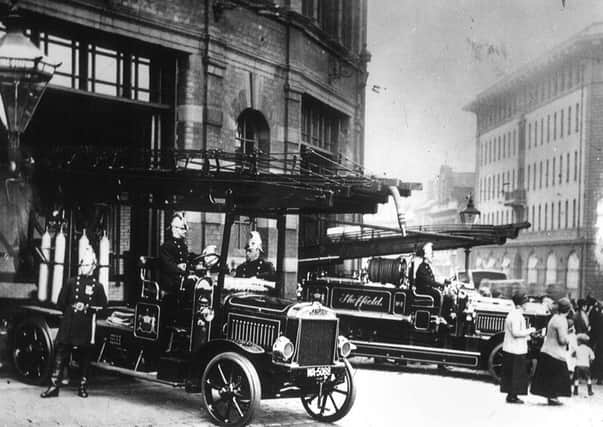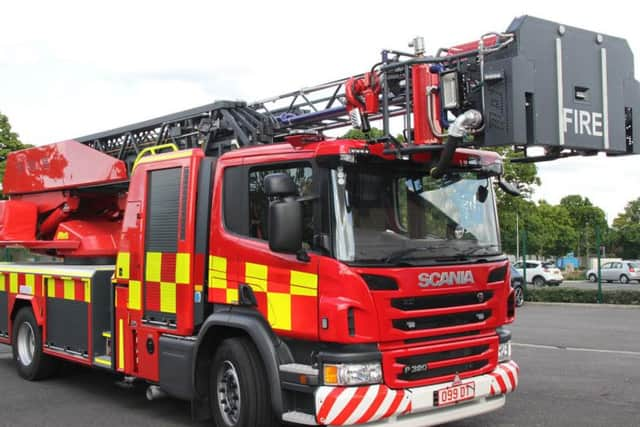New ladders help South Yorkshire fire crews rise above it all


And their modern day counterparts are now continuing the pioneering tradition after buying what bosses say are the best examples of the life-saving technology currently on the market.
The £1.2 million vehicles supplied to South Yorkshire Fire and Rescue earlier this year were manufactured by German firm Metz XS and used for training by firefighters before going on runs at Doncaster and Parkway fire stations.
Advertisement
Hide AdAdvertisement
Hide AdOfficials say the L32A model has superior accuracy and agility compared to the service’s current aerial ladder platform, and deploys in 90 seconds so is much faster to operate. Its ladder can reach 32 metres and can work below the horizontal axis.


Area Manager Phil Shillito said: “Aerial appliances are important vehicles because they allow us to tackle fires from above and rescue people from height in a way we are not able to do with a traditional fire engine.
“These turntable ladders were chosen with the help of the people who will use them every day- frontline firefighters. The overwhelming feedback was that these appliances are the best specification vehicles currently on the market.”
Sheffield Fire Brigade, one of the four district brigades which went on to form South Yorkshire Fire & Rescue in 1984, became the first fire service in the country to use a turntable ladder in 1903.
Advertisement
Hide AdAdvertisement
Hide AdThe German built horse drawn vehicle was bought after Superintendent William Frost had first spotted it at a fire exhibition in Earls Court, London.
The appliance was converted to a motorised vehicle in 1921 at a cost of £1,200 and stationed at West Bar police and fire station, now home to the National Emergency Services Museum.